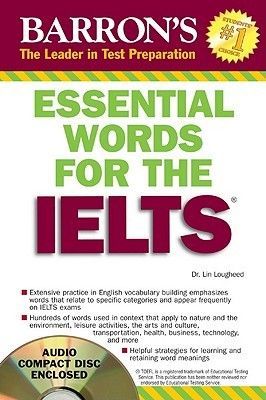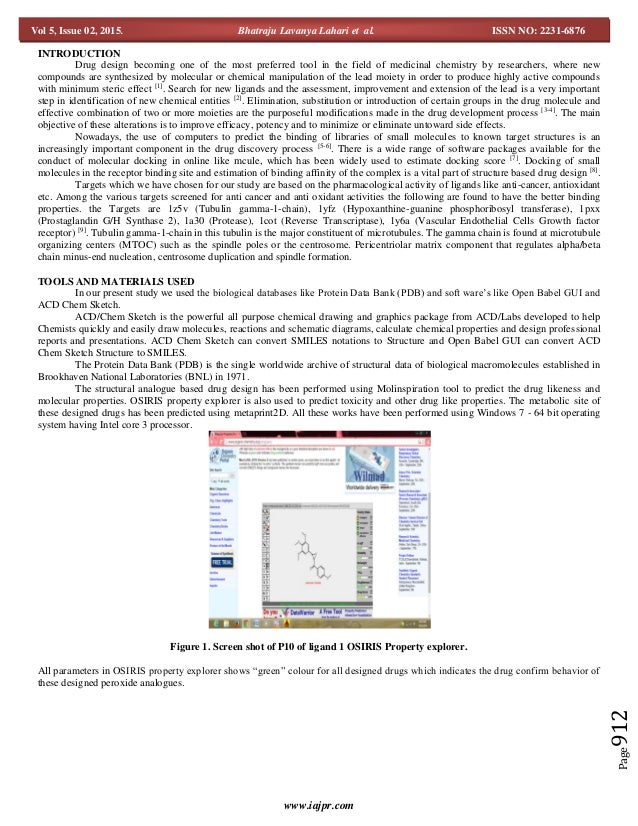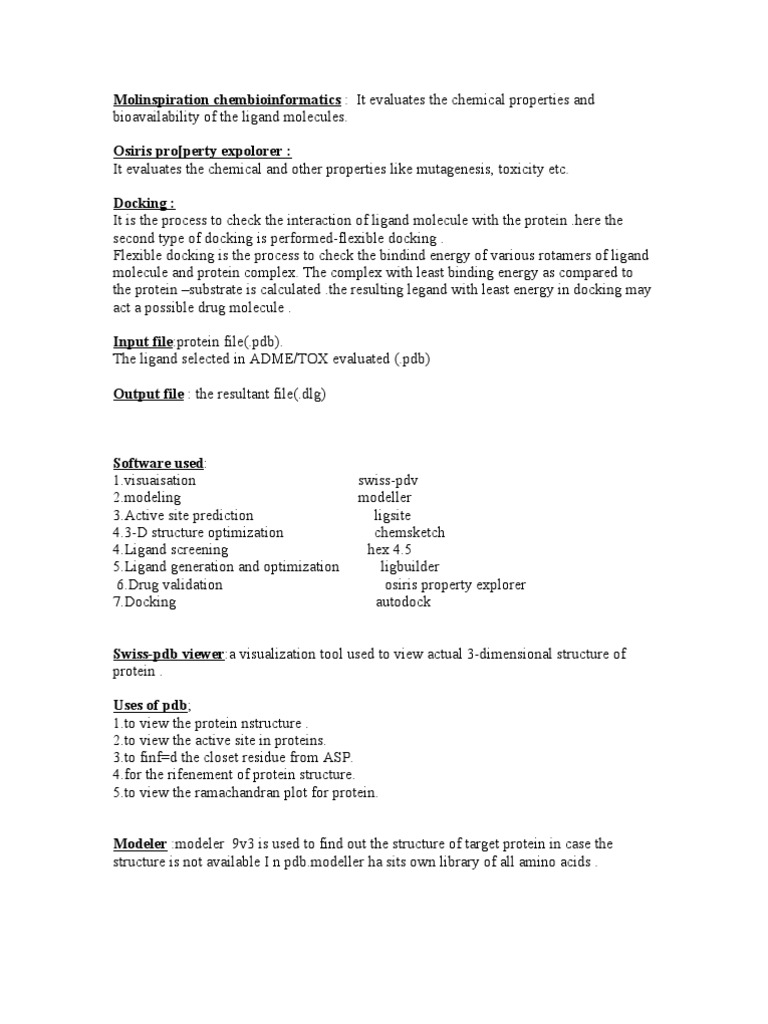Osiris Property Explorer
← The OSIRIS-REx ( Origins, Spectral Interpretation, Resource Identification, Security, Regolith Explorer) is a asteroid study and. Launched on 8 September 2016, its mission is to study asteroid, a, and return a sample to Earth on 24 September 2023 for detailed analysis. The material returned is expected to enable scientists to learn more about the, its initial stages of planet formation, and the source of that led to the on Earth. If successful, OSIRIS-REx will be the first U.S. Spacecraft to return samples from an asteroid. The cost of the mission will be approximately US$800 million not including the launch vehicle, which is about US$183.5 million.
It is the third planetary science mission selected in the, after and. The Principal Investigator is from the. OSIRIS-REx mission overview video Overall management, engineering and navigation for the mission is provided by 's, while the 's provides principal science operations and built the spacecraft and provides mission operations. The science team includes members from the United States, and. After traveling for approximately two years, the spacecraft is to rendezvous with asteroid in August 2018 and begin 505 days of surface mapping at a distance of approximately 5 km (3.1 mi). Results of that mapping will be used by the mission team to select the site from which to take a sample of the asteroid's surface.
Then a close approach (without landing) will be attempted to allow extension of a robotic arm to gather the sample. An asteroid was chosen as the target of study because an asteroid is a ' from the birth of our. In particular, was selected because of the availability of pristine material, a key element in necessary for life as well as representative of matter from before the formation of Earth. Organic molecules, such as, have previously been found in meteorite and comet samples, indicating that some ingredients necessary for life can be naturally synthesized in outer space. Following collection of material (from 60 grams to two kilograms) in July 2020, the sample will be returned to Earth in a 46-kilogram (101 lb) capsule similar to that which returned the samples of comet on the. The return trip to Earth will be shorter, and will land with a parachute at the in September 2023. The capsule will then be transported to the for processing in a dedicated research facility.
Toxicity Risk Assessment. While drawing a structure the toxicity risk predictor will start looking for potential toxicity risks as long as the currently drawn.
Includes bibliographical references and index Success on the TOEFL -- Getting to know the TOEFL -- Understanding the TOEFL reading section -- Improving your TOEFL vocabulary -- Building your TOEFL vocabulary -- Important vocabulary building tools -- The essential TOEFL vocabulary -- The iBT practice test A list of approximately 500 need-to-know words with definitions is presented for ESL students preparing to take the TOEFL.  The book also presents detailed advice on ways that students can expand their English language vocabulary. They will find helpful tips on using a dictionary and a thesaurus to expand word power plus practice tests with answer keys. The tests are designed to help students evaluate their expanding word-learning progress and increased vocabulary in English.
The book also presents detailed advice on ways that students can expand their English language vocabulary. They will find helpful tips on using a dictionary and a thesaurus to expand word power plus practice tests with answer keys. The tests are designed to help students evaluate their expanding word-learning progress and increased vocabulary in English.
The acronym OSIRIS was chosen in reference to the ancient mythological Egyptian god, the underworld lord of the dead. He was classically depicted as a green-skinned man with a pharaoh's beard, partially mummy-wrapped at the legs and wearing a distinctive crown with two large ostrich feathers at either side. Rex means 'king' in Latin. His name was chosen for this mission as is a threatening, with an estimated 1-in-1,800 chance of hitting Earth in the year 2170. OSIRIS-REx launch video The launch was on 8 September 2016 at 23:05 on a 411 from. The 411 rocket configuration consists of a powered first stage with a single solid fuel booster, and a upper stage.
OSIRIS-REx separated from the launch vehicle 55 minutes after ignition, with a speed of 5.4 km/s (12,000 mph). The launch was declared 'exactly perfect' by the mission's Principal Investigator, with no anomalies worked before or during launch. Cruise OSIRIS-REx entered the cruise phase shortly after separation from the launch vehicle, following successful solar panel deployment, propulsion system initiation, and establishment of a communication link with Earth. Its hyperbolic escape speed from Earth was about 5.41 km/s (3.36 mi/s).
On 28 December 2016, the spacecraft successfully performed its first deep space maneuver (DSM-1) to change its velocity by 431 m/s (1,550 km/h; 960 mph) using 354 kg (780 lb) of fuel. An additional, smaller firing of its thrusters on 18 January further refined its course for an Earth in 22 September 2017. The cruise phase will last until its encounter with Bennu in August 2018, after which it will enter its science and sample collection phase. During its cruise phase, OSIRIS-REx was used to search for a class of known as as it passed through Sun–Earth Lagrange point.
Between 9 and 20 February 2017, the OSIRIS-REx team used the spacecraft's MapCam camera to search for the objects, taking about 135 survey images each day for processing by scientists at the. The search will be beneficial even if no objects are found, as it closely resembles the operation that will be required as the spacecraft approaches Bennu, searching for natural satellites and other potential hazards. On 12 February 2017, while 673 million km (418 million mi) from the giant planet, the PolyCam instrument aboard OSIRIS-REx successfully imaged and three of its moons, and. Sample acquisition. Artist's concept of TAGSAM instrument in operation During the extensive remote sensing campaign, a sample site will be chosen and rehearsals will be performed for the final sampling event. The solar arrays will be raised into a Y-shaped configuration to minimize the chance of dust accumulation during contact and provide more ground clearance in case the spacecraft tips over (up to 45°) during contact. The descent will be very slow to minimize thruster firings prior to contact in order to reduce the likelihood of asteroid surface contamination by unreacted propellant.
Contact with the surface of Bennu will be detected using accelerometers, and the impact force will be dissipated by a spring in the TAGSAM arm. Upon surface contact by the TAGSAM instrument, a burst of gas will be released, which will blow particles smaller than 2 cm (0.8 in) into the sampler head located at the end of the robotic arm. A five-second timer will limit collection time to mitigate the chance of a collision. After the timer expires, the back-away maneuver will initiate a safe departure from the asteroid. OSIRIS-REx will then halt the drift away from the asteroid in case it is necessary to return for another sampling attempt. The spacecraft will use images and spinning maneuvers to verify the sample has been acquired as well as determine its mass and verify it is in excess of the required 60 grams (2.1 oz).
In the event of a failed sampling attempt, the spacecraft will return for another try. There is enough nitrogen gas for three attempts. In addition to the bulk sampling mechanism, contact pads on the end of the sampling head will passively collect dust grains smaller than 000000000♠1 mm, upon contact with the asteroid. These pads are made from tiny loops of stainless steel. After the sampling attempt, the Sample-Return Capsule (SRC) lid will be opened to allow the sampler head to be stowed. The arm will then be retracted into its launch configuration and the SRC lid will be closed and latched preparing to return to.
Science objectives. Sample-return capsule as seen by StowCam The science objectives of the mission are:. Return and analyze a sample of pristine regolith in an amount sufficient to study the nature, history, and distribution of its constituent minerals and. Map the global properties, chemistry, and mineralogy of a primitive carbonaceous asteroid to characterize its geologic and dynamic history and provide context for the returned samples.

Osiris Property Explorer

Document the texture, morphology, geochemistry, and of the regolith at the sampling site in situ at scales down to millimeters. Measure the (a thermal force on the object) on a potentially hazardous asteroid and constrain the asteroid properties that contribute to this effect. Characterize the integrated global properties of a primitive carbonaceous asteroid to allow for direct comparison with ground-based telescopic data of the entire asteroid population.
Shape model of the mission's destination, asteroid Bennu Telescopic observations have helped define the orbit of, a with a mean diameter in the range of 480 to 511 meters (1,575 to 1,677 ft). It completes an orbit of the every 436.604 days (1.2 years). This orbit takes it close to the Earth every six years. Although the orbit is reasonably well known, scientists continue to refine it. It is critical to know the orbit of Bennu because recent calculations produced a cumulative probability of 1 in 1410 (or 0.071%) of impact with Earth in the period 2169 to 2199. Part of the OSIRIS-REx mission is to refine understanding of non-gravitational effects (such as the ) on this orbit, and the implications of those effects for Bennu's collision probability.
Knowing Bennu's physical properties will be critical for future scientists to know when developing an mission. Telescopic observations have revealed some basic properties of Bennu. They indicate that it is very dark and is classified as a, a sub-type of the carbonaceous. Such asteroids are considered 'primitive', having undergone little geological change from their time of formation. OSIRIS-REx instrument deck.
Dimensions: Length 2.4 m (8 ft), width 2.4 m (8 ft), height 3.1 m (10.33 ft). Width with deployed: 6.2 m (20.25 ft). Power: Two solar arrays generate 0000–3000 watts, depending on the spacecraft's distance from the Sun. Energy is stored in batteries. Propulsion system: Based on a monopropellant system developed for the, carrying 1,230 kg (2,710 lb) of propellant and helium. The Sample-Return Capsule (SRC) will re-enter the Earth's atmosphere for a parachute assisted landing.
The capsule with encased samples will be retrieved from Earth's surface and studied, as was done with the mission. Payload In addition to its telecommunication equipment, the spacecraft will carry a suite of instruments that will study the asteroid in many wavelengths, as well as image the asteroid, and retrieve a physical sample to return to Earth. Coordinated a campaign to invite interested persons to have their names or artwork on the mission's spirit of exploration saved on a microchip now carried in the spacecraft. Imaging camera suite The OSIRIS-REx Camera Suite (OCAMS) consists of the PolyCam, the MapCam, and the SamCam. Together they acquire information on asteroid Bennu by providing global mapping, sample site reconnaissance and characterization, high-resolution imaging, and records of the sample acquisition. PolyCam, an 8-inch (20 cm) telescope, acquires images with increasingly higher resolution as the spacecraft approaches the asteroid.
MapCam searches for satellites and outgassing plumes. It maps the asteroid in 4 different colors, informs our model of Bennu's shape and provides high resolution imaging of the sample-site. SamCam continuously documents the sample acquisitions.
OLA The OSIRIS-REx Laser Altimeter (OLA) is a scanning and instrument that will provide high resolution topographical information throughout the mission. The information received by OLA will create global maps of Bennu, local maps of candidate sample sites, ranging in support of other instruments, and support navigation and gravity analyses. OLA will scan the surface of Bennu at specific intervals in the mission to rapidly map the entire surface of the asteroid to achieve its primary objective of producing local and global topographic maps. The data collected by OLA will also be used to develop a control network relative to the center of mass of the asteroid and to enhance and refine gravitational studies of Bennu. OLA has a single common receiver and two complementary transmitter assemblies that enhance the resolution of the information brought back. OLA's high-energy laser transmitter is used for ranging and mapping from 1 to 7.5 km (0.6 to 4.7 mi).
The low-energy transmitter is used for ranging and imaging from 0.5 to 1 km (0.3 to 0.6 mi). The repetition rate of these transmitters sets the data acquisition rate of OLA. Laser pulses from both the low and high energy transmitters are directed onto a movable scanning mirror, which is co-aligned with the field of view of the receiver telescope limiting the effects of background solar radiation. Each pulse provides target range, azimuth, elevation, received intensity and a time-tag. OLA is funded by the (CSA) and was built by at Brampton, Ontario, Canada.
OLA was delivered for integration with the spacecraft on 17 November 2015. OVIRS The OSIRIS-REx Visible and IR Spectrometer (OVIRS) is a, which measures light to provide mineral and organic spectral maps and local spectral information of candidate sample sites. It also provides full-disc asteroid spectral data, global spectral maps (20 m resolution), and spectra of the sample site (blue to near-infrared, 400–4300 nm, with a of 7.5–22 nm).
These data will be used in concert with OTES spectra to guide sample-site selection. These spectral ranges and resolving powers are sufficient to provide surface maps of mineralogical and molecular components including, adsorbed water and a wide range of. It provides at least two spectral samples per resolution taking full advantage of the spectral resolution. TAGSAM arm test before launch The sample-return system, called Touch-And-Go Sample Acquisition Mechanism (TAGSAM), consists of a sampler head with an articulated 3.35-meter (11 ft) arm. An on-board nitrogen source will support up to three separate sampling attempts for a minimum total amount of 60 grams (2.1 oz) of sample.

The surface contact pads will also collect fine-grained material. Highlights of the TAGSAM instrument and technique include:. Slowly approach surface at 0.2 meters per second (0.66 ft/s),. Contact within 25 meters (82 ft) of selected location. OCAMS documents sampling at 1 Hz.
Collect samples in less than five seconds, direct nitrogen (N 2) annular jet fluidizes regolith, surface-contact pad captures surface sample. Verify bulk sample collection via spacecraft inertia change; surface sample by imaging sampler head. Sampler head stored in Sample-Return Capsule (SRC) and returned to Earth.